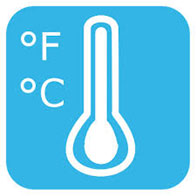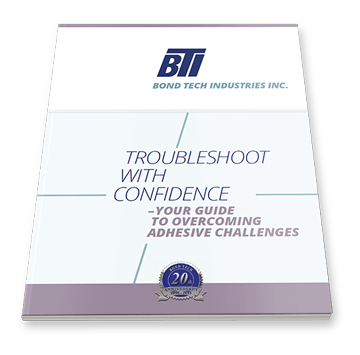Adhesives are finding more applications than ever before. Many are more efficient for bonding than are fasteners. Adhesives are capable of forming stronger bonds than fastening, especially when bonding dissimilar materials, if proper application procedures are followed.
The Right Glue for the Job
Adhesives are utilized in many industries such as automotive, aerospace, clothing, construction and medicine. In order to find the correct adhesive for a particular application, several factors must be considered:
- Cost
- Bond Strength
- Ease of application
- Set and rework time
- Sensitivity to environmental conditions
- Toxicity
All adhesives are based on polymer structures, but the intermolecular mechanisms underlying specific bond strengths depend on the nature and preparation of the bonded materials as well as the application environment. Bonds are subject to tensile, compressive and shear stresses to which individual adhesives respond in different ways.
These are just a few of the factors that must be considered when choosing adhesive products. It usually pays to consult with an adhesive specialist to ensure a particular adhesive meets application expectations.
The Right Environment for the Glue
The most important operating conditions that affect adhesive application are adhesive temperature, ambient temperature, condition of the materials and foreign contamination.
Adhesive Temperature
Each adhesive has a temperature range within which it performs well. Improper adhesive temperatures affect bond strength, appearance and other factors.
With hot melt glue, improper temperature control leads to charring, gelling, stringing or smoking. Glue that is too cold or too hot may have incorrect surface tension, may not wet properly when applied or can clog equipment nozzles.
Ambient Temperature
Ambient temperature includes the temperature of the surrounding air, the machinery and the materials being bonded. It is more efficient to maintain a stable ambient temperature and to adjust the gluing process by regulating the temperature of the adhesive up or down. Poor control over ambient temperature requires continual adjustments to machinery and the gluing process. Ambient temperature is the most important factor in obtaining a proper adhesive cure.
It is cost-efficient to study product literature closely or to consult with specialists regarding methods to control both ambient and adhesive temperatures.
Condition of Materials
Materials to be bonded will have different surface characteristics that affect the quality of an adhesive bond. Some materials absorb adhesive, while others do not. Roughness, defects and polish can affect bond strength, open and cure times as well as the amount of glue consumed. Understanding these factors allows for fine-tuning and cost savings.
Foreign Contamination
In environments where dust, oil, dirt, moisture or solvents are present, bond strengths, application performance and appearance usually suffer. Contamination often occurs when the adhesive is mixed at the supplier or on-site. Filtration can remove contamination but it is important to use the correct type of filter medium depending on if the adhesive is water-based or solvent-based.
Product Service Time
A final consideration in adhesive selection is the service environment of the bonded products. Working load, service temperature and humidity range all have effects on the life of the bonds in the finished product. Ascertain if the bonds will be exposed to sunlight or strong vibrations. If bonds will be seen directly or indirectly, one type of adhesive that is equal in most other respects may produce a more attractive look. Consultation with adhesive specialists and trial and error should answer such concerns.







